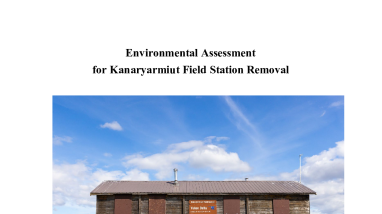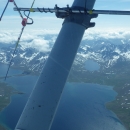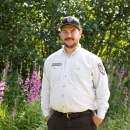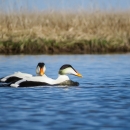
This Environmental Assessment (EA) is being prepared to evaluate the effects of a refuge management project being proposed by the Yukon Delta National Wildlife Refuge (Refuge) and complies with the National Environmental Policy Act (NEPA) in accordance with Council on Environmental Quality regulations (40 CFR 1500-1509) and Department of the Interior (43 CFR 46; 516 DM 8) and U.S. Fish and Wildlife Service (Service) (550 FW 3) regulations and policies. The Refuge proposes to disassemble/demolish and remove all structures from the Kanaryarmiut Field Station located at latitude: 61.3614013°, longitude: -165.1279485° within Section 30, Township 015 North, Range 088 West of the Seward Meridian.
A public comment period has opened for the Environmental Assessment for Kanaryarmiut Field Station Removal. Directions for submitting comments can be found in the downloadable document below, page 19. The Service is requesting substantive comments from the public regarding the proposed action and the Service’s assessment of the potential impact in the draft Environmental Assessment. The comment period closes on August 20, 2024.





